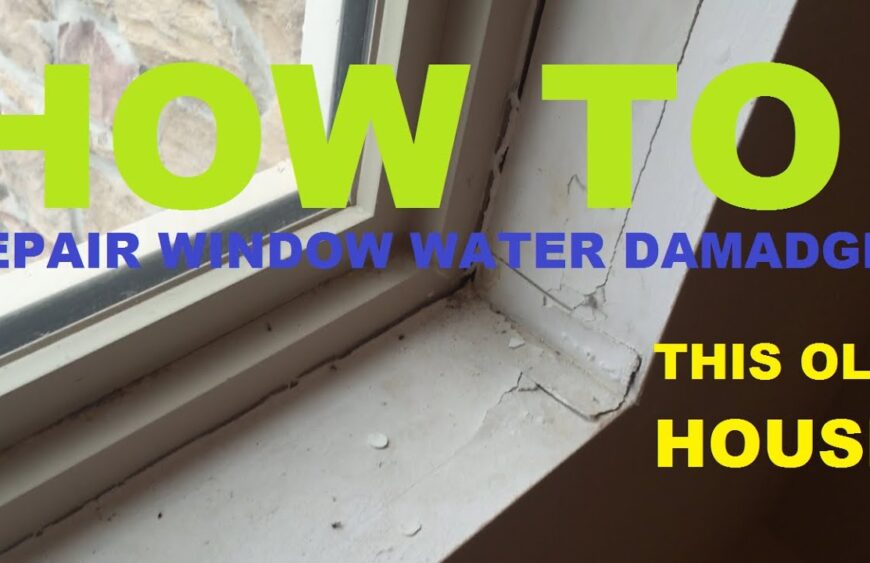Introduction
Damp or water-damaged basement windows are a common problem in many homes. Basements are usually damp and humid environments and water can easily enter through cracks or gaps in windows and doors. This can lead to a variety of issues, including mould, rot, and structural damage. It is important to address damp or water-damaged basement windows as soon as possible in order to prevent further damage and to maintain the health of your home.
Assessing the Damage
The first step in addressing damp or water-damaged basement windows is to assess the damage. You will need to inspect the window frame and surrounding areas for any signs of water damage. If there is water damage, you will need to determine the source of the water and the extent of the damage. In some cases, the damage may be minor and can be easily repaired. In other cases, the damage may be more extensive and require professional repair.
Repairing the Damage
Once you have assessed the damage, you will need to repair it. If the damage is minor, you may be able to repair it yourself with some basic tools and supplies. This may include caulking around the window frame to seal any cracks or gaps and replacing any damaged parts. If the damage is more extensive, you may need to hire a professional to repair the window.
Preventing Further Damage
Once you have repaired the damage, you will need to take steps to prevent further damage. This may include installing window wells or other waterproofing measures to keep water away from the windows. You may also want to install a dehumidifier to reduce the humidity in the basement and reduce the chance of future water damage.
Conclusion
Damp or water-damaged basement windows can cause a variety of issues in your home. It is important to assess the damage and repair it as soon as possible in order to prevent further damage and maintain the health of your home. Once the damage is repaired, you should take steps to prevent further damage, such as installing window wells and dehumidifiers.









